7 Must-Visit Art Museums in Tokyo: Japanese Painting, Modern Art, and More

Tokyo boasts excellent art museums showcasing various artistic fields. We'll introduce seven essential art museums to visit in Tokyo, including the Museum of Contemporary Art Tokyo (MOT), the Yamatane Museum of Art, WHAT MUSEUM, and the National Art Center Tokyo, among others.
Discover the Diversity of Tokyo's Art Museums
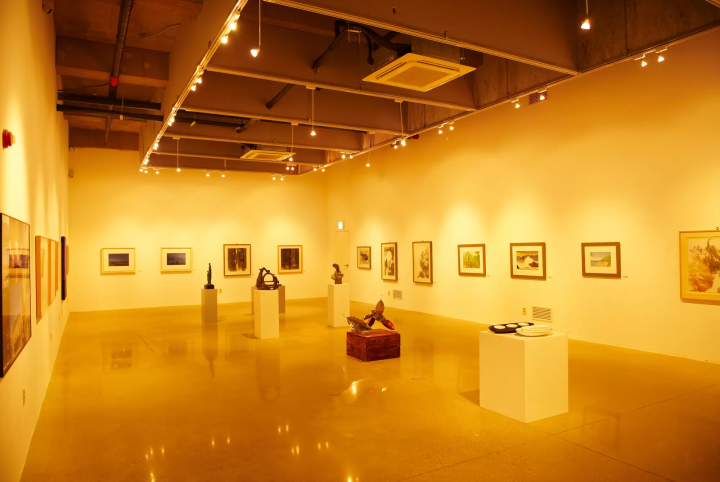
Photo by Pixta
Tokyo has a vast number of art museums covering a wide range of genres, including modern and contemporary art, Western art, Japanese painting, photography, and more.
Each museum has a different curatorial style, allowing art enthusiasts to visit based on their preferences. For example, the National Museum of Western Art typically showcases works by renowned Western artists, while the Museum of Contemporary Art Tokyo often features modern and contemporary artworks.
We have selected seven must-visit art museums in Tokyo for various art interests from modern art to traditional culture and unique exhibitions.
Tokyo Art Museums
1. Museum of Contemporary Art Tokyo (MOT)
2. Yamatane Museum of Art
3. WHAT MUSEUM in Tennozu Isle
4. The National Museum of Western Art
5. The National Art Center, Tokyo
6. The National Museum of Modern Art Tokyo
7. Tokyo Photographic Art Museum
Tips for Visiting Museums in Tokyo
1. Museum of Contemporary Art Tokyo (MOT)
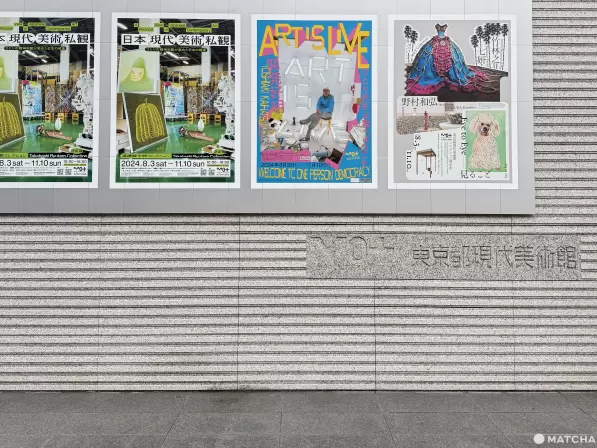
The Museum of Contemporary Art Tokyo (MOT) features a diverse collection that spans paintings, sculptures, and installation art. The exhibitions emphasize the development of modern art in Japan and include works by many internationally renowned artists.
The museum also regularly holds curated exhibitions and thematic shows featuring both domestic and international artists, exploring the diverse aspects of contemporary art.
The museum has an impressive architectural style that also deserves viewing up close. Moreover, its Art Library is open to the public and can be used by visitors for free. With an extensive collection of over 280,000 books, catalogs, and art magazines on modern and contemporary art, this library is one of the largest of its kind in Japan.
The Museum of Contemporary Art Tokyo (MOT) is highly recommended for art-loving travelers or visitors who wish to gain a deeper understanding of the development of modern and contemporary art in Japan.
Hotels near Museum of Contemporary Art Tokyo (MOT)
2. Yamatane Museum of Art

The Yamatane Museum of Art, located near Meguro Station in Tokyo, is a prominent institution dedicated to Nihonga, or traditional Japanese-style paintings, boasting a collection of approximately 1,800 works that emphasize modern and contemporary pieces.
Notable artists represented include Yokoyama Taikan and Okumura Togyu, significant figures in the modern art movement, alongside ukiyo-e print masters such as Toshusai Sharaku and Utagawa Hiroshige.
Characterized by the use of unique materials like sumi ink, seashells, and iwa-enogu—natural mineral pigments—Nihonga is typically rendered on silk and washi paper.
The museum features no permanent exhibitions and instead hosts five to six special exhibits annually, often themed around Japan's four seasons, fashion, or Kawaii culture, allowing visitors to experience nihonga from various perspectives through engaging and diverse displays.
Hotels near Yamatane Museum of Art
3. WHAT MUSEUM in Tennozu Isle
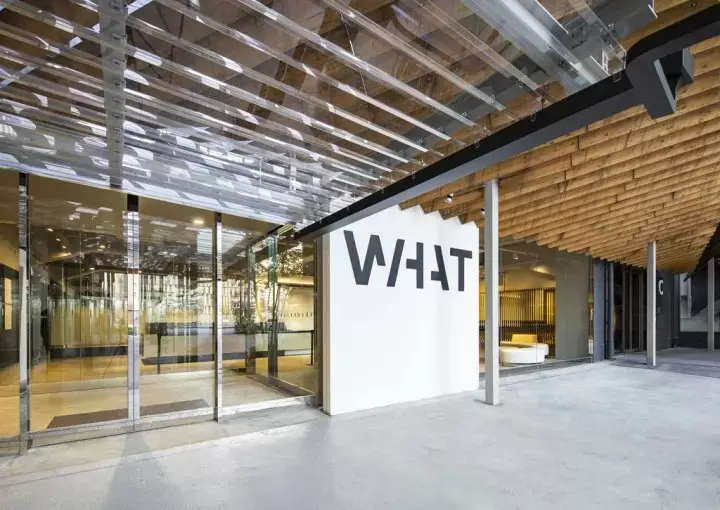
Picture courtesy of WHAT MUSEUM
WHAT MUSEUM, situated in Tokyo's artistic Tennozu Isle district, is a dynamic venue dedicated to contemporary art and architecture exhibitions.
The museum curates valuable artworks from various artists and collectors, allowing visitors to engage deeply with not only the artworks themselves but also the underlying ideas, values, and creative processes of the artists.
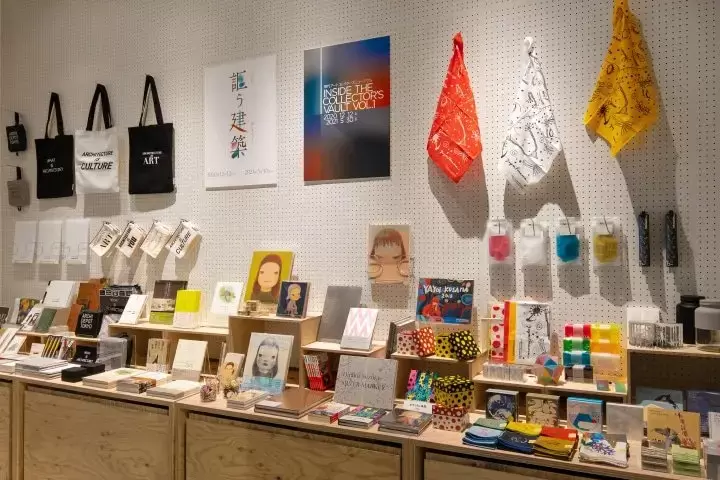
Picture courtesy of WHAT MUSEUM
By focusing on these aspects, WHAT MUSEUM provides a unique perspective on art appreciation, encouraging visitors to understand and reflect on the broader context of contemporary artistic expression.
WHAT MUSEUM
Location: Tokyo, Shinagawa City, Higashishinagawa, 2−6−10 Terrada Warehouse G
Website: https://what.warehouseofart.org/en/
4. The National Museum of Western Art
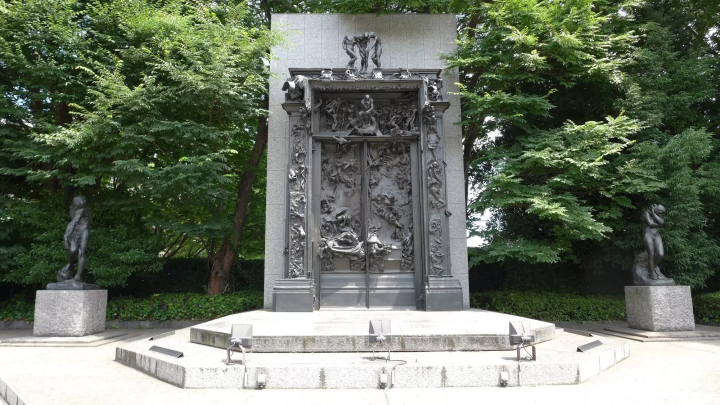
Picture courtesy of Pixta
The National Museum of Western Art is located within Ueno Park in Tokyo and is the only national museum in Japan that focuses exclusively on Western art.
One of its main features is the sculpture garden near the entrance, which showcases Rodin's "The Thinker" and "The Gates of Hell."
Inside the museum, masterpieces like Monet's "Water Lilies" also attract many visitors. The permanent exhibitions display the history of European art development from the Renaissance to the 20th century, while special exhibitions focus on specific artists, movements, or periods.
Visitors looking to explore the diversity and influence of Western European art should not miss visiting this museum.
Hotels near The National Museum of Western Art
5. The National Art Center, Tokyo
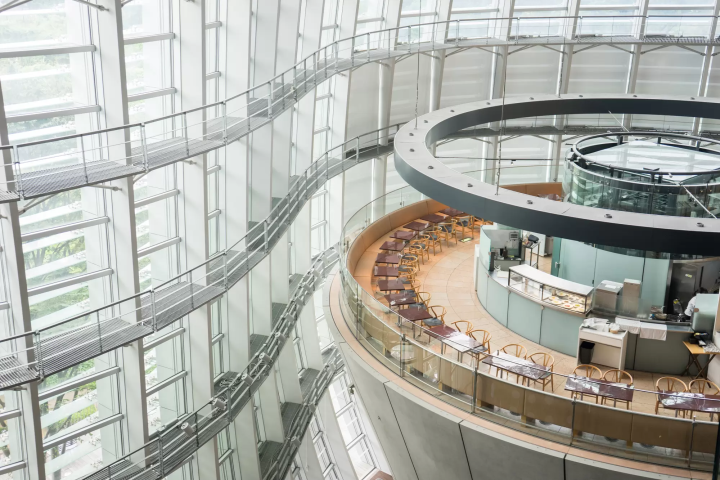
Photo by Pixta
The National Art Center, Tokyo, is the only national museum in Japan without a permanent collection, designed by the renowned architect Kenzo Tange.
The building features a highly modern aesthetic, with a large curved glass facade that creates a streamlined appearance, blending seamlessly with the surrounding environment. The entire interior is open, without internal walls, providing an expansive exhibition space capable of accommodating large-scale artworks.
The museum also regularly hosts popular exhibitions and events such as Special Exhibitions on Modern Art, Design and Architecture Exhibitions, and Interdisciplinary Art Displays. If you enjoy modern art, be sure to check for updates regularly.
The cafe ad restaurant located in this building are also very popular with visitors from all around the world.
Hotels near The National Art Center, Tokyo
6. The National Museum of Modern Art Tokyo
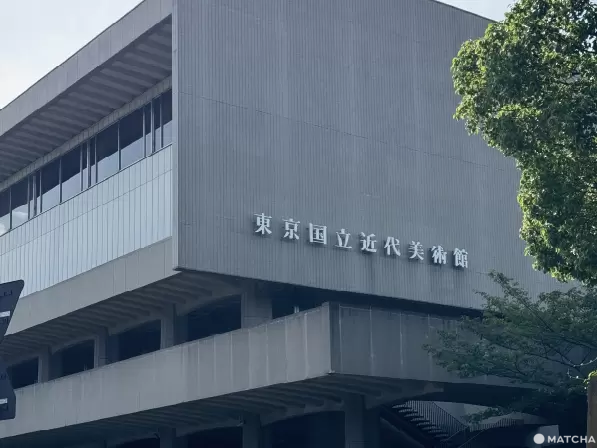
The National Museum of Modern Art Tokyo is Japan's first national museum, designed by the renowned architect Yoshio Taniguchi.
The building is highly modern and functionally sophisticated, attracting a large number of visitors. The museum primarily houses modern Japanese art from the Meiji period (1868-1912) onwards. It features a rich collection of oil paintings, sculptures, prints, and representative works from prominent modern and contemporary artists.
In addition, it includes a Craft Gallery that specializes in displaying ceramics, lacquerware, and other crafts, providing a platform for both traditional and modern Japanese craftsmanship.
Hotels near The National Museum of Modern Art Tokyo
7. Tokyo Photographic Art Museum
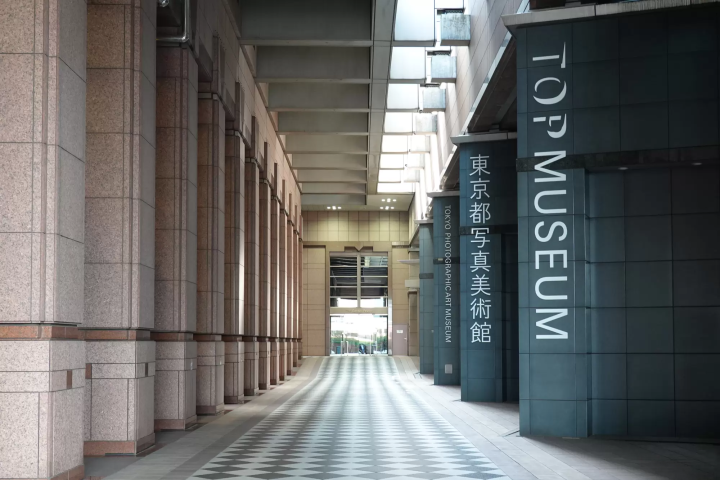
Photo by Pixta
The Tokyo Photographic Art Museum, established in 1999, is dedicated to the collection and exhibition of photographic art.
The museum is committed to promoting photography as a form of artistic expression, showcasing photographic works from historical to contemporary times.
It regularly hosts solo exhibitions of international photographers and photography-related events, making it a must-visit place for photography enthusiasts!
Hotels near Tokyo Photographic Art Museum
Tips for Visiting Museums in Tokyo
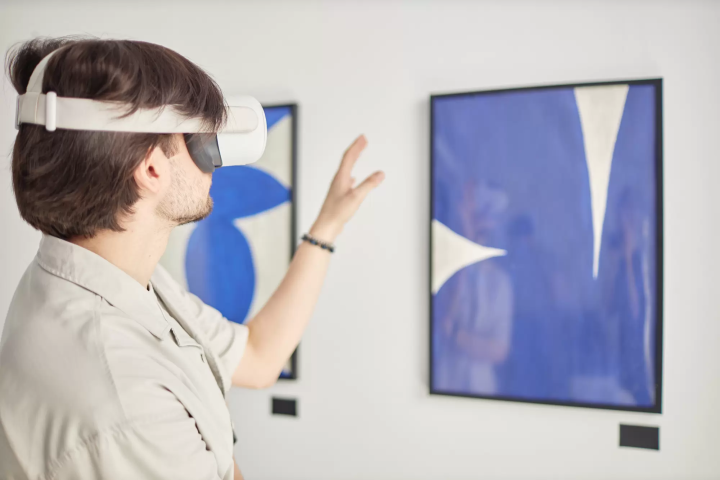
Photo by Pixta
1. Check exhibition information in advance to choose the themes that interest you the most.
2. Plan your route reasonably. Visiting two to three museums in one day is ideal. More than three museums in a day might make it difficult to absorb the art experience.
3. Most museums in Japan have photography rules. Be sure to pay attention to signs indicating whether photography is prohibited.
Explore the Vibrant Artscape of Tokyo
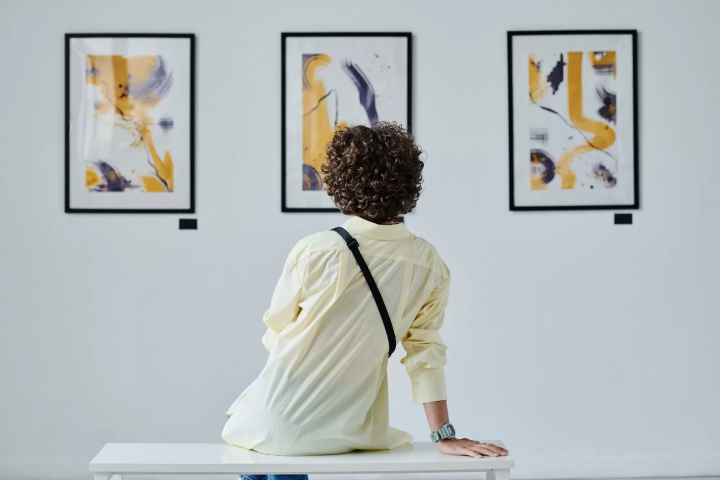
Photo by Pixta
In Tokyo, visitors can not only admire world-class art pieces but also gain a deep understanding of historical culture. This turns museums into landmarks of the city, adding to the endless charm of their artistic journey.
Don't forget to explore the vibrant art scene of Tokyo, allowing the cultural allure of the city to enrich your mind and body while providing unforgettable experiences!




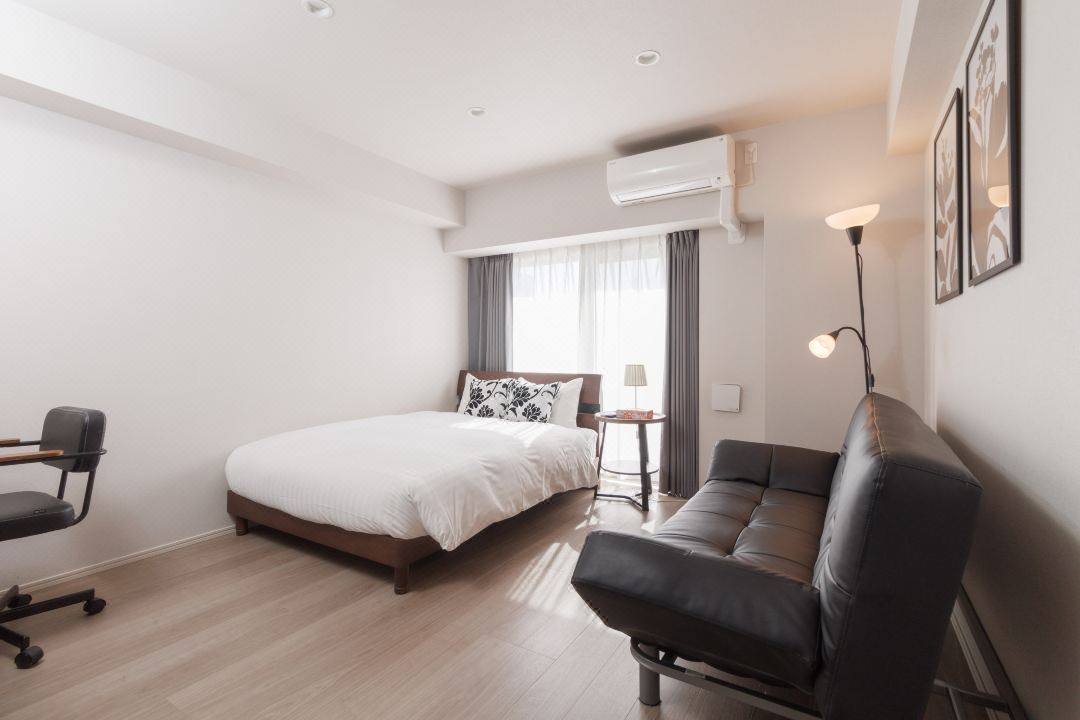

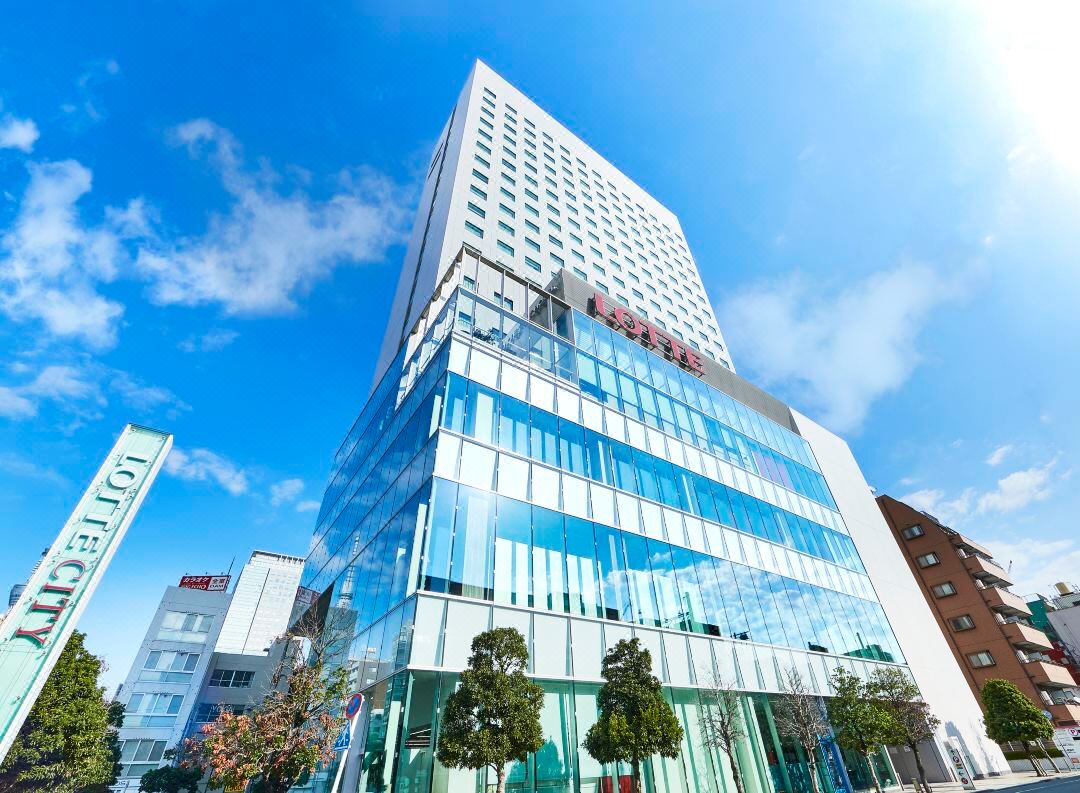
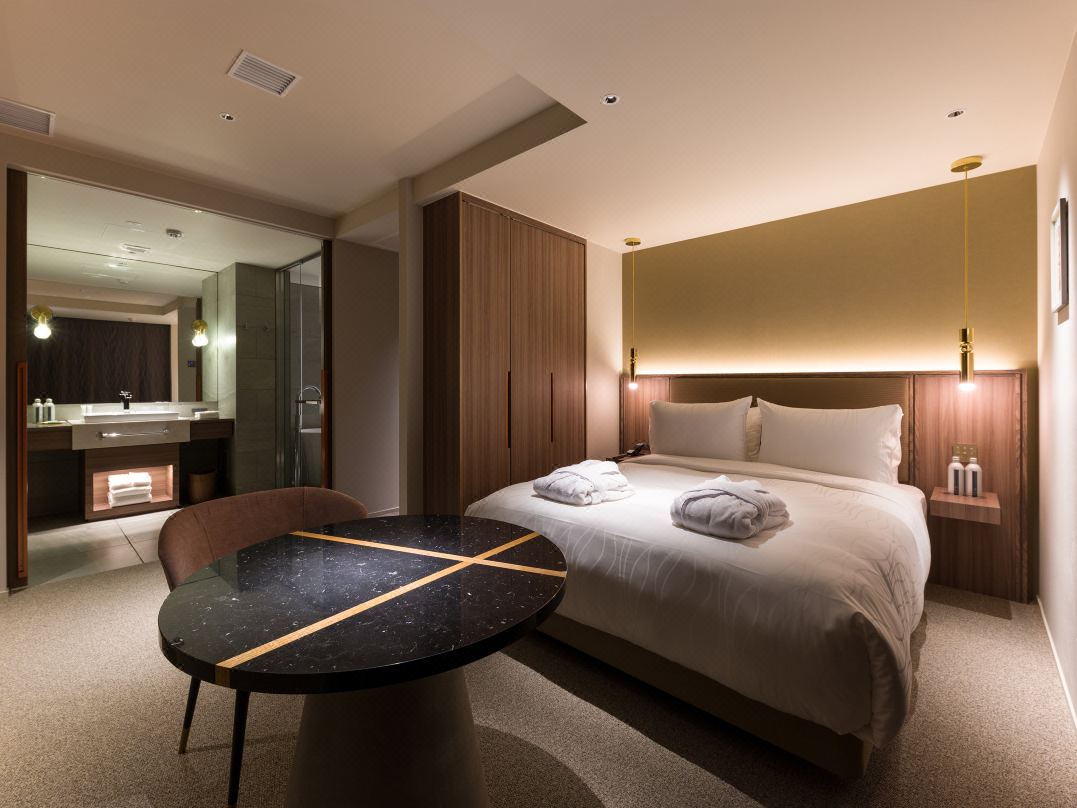


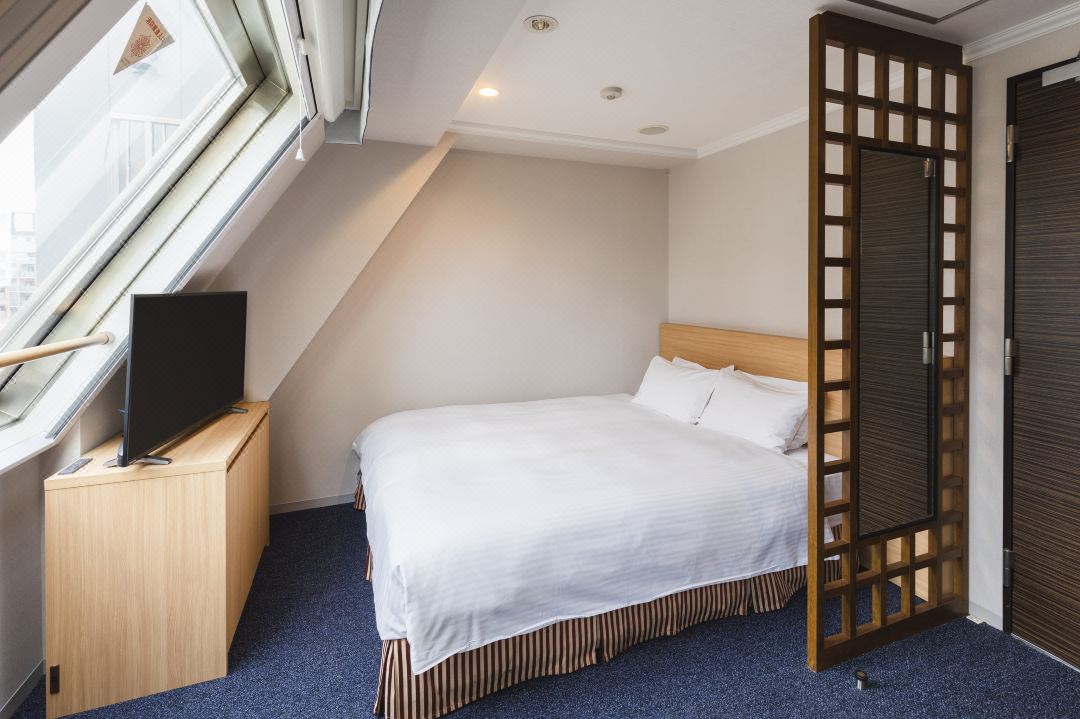

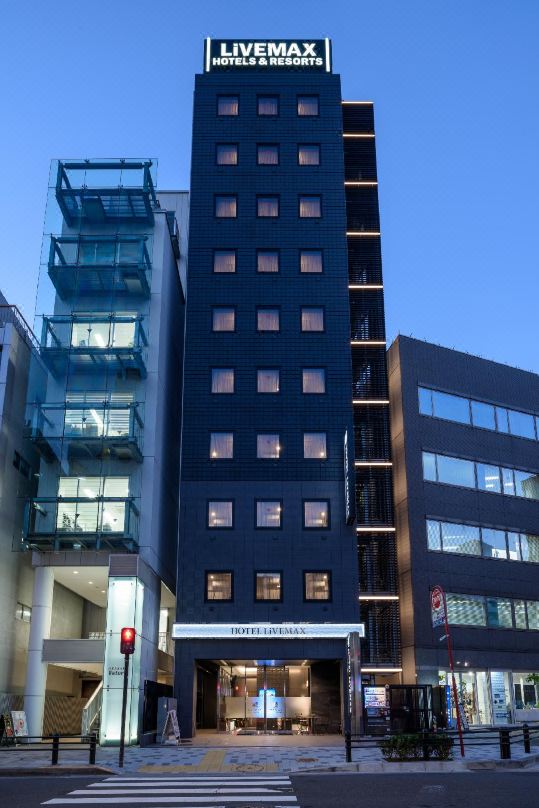


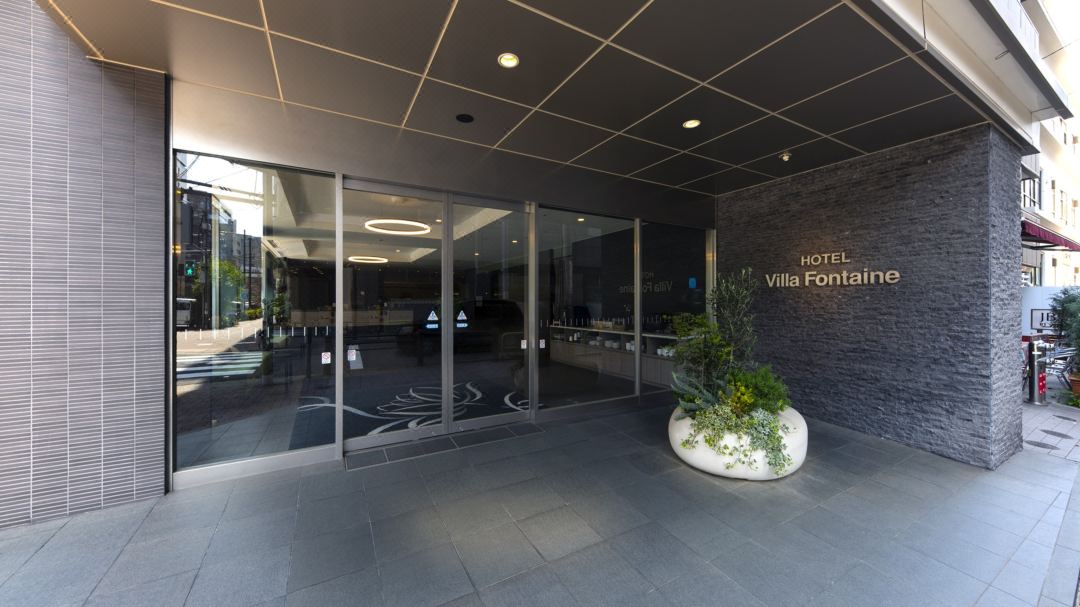
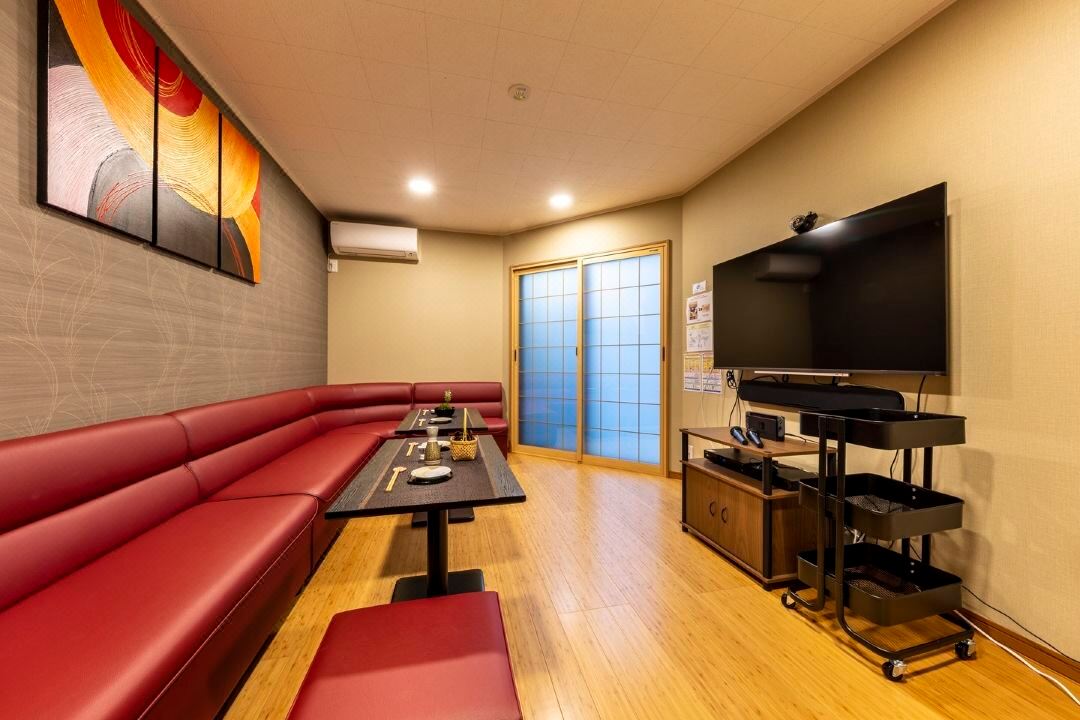


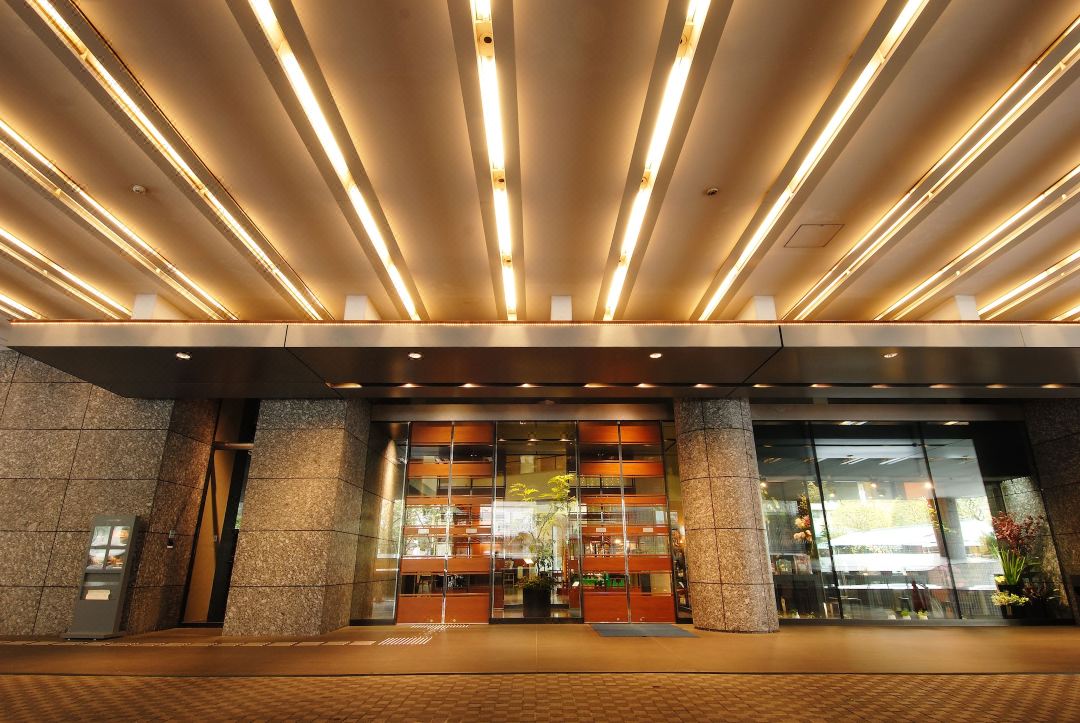
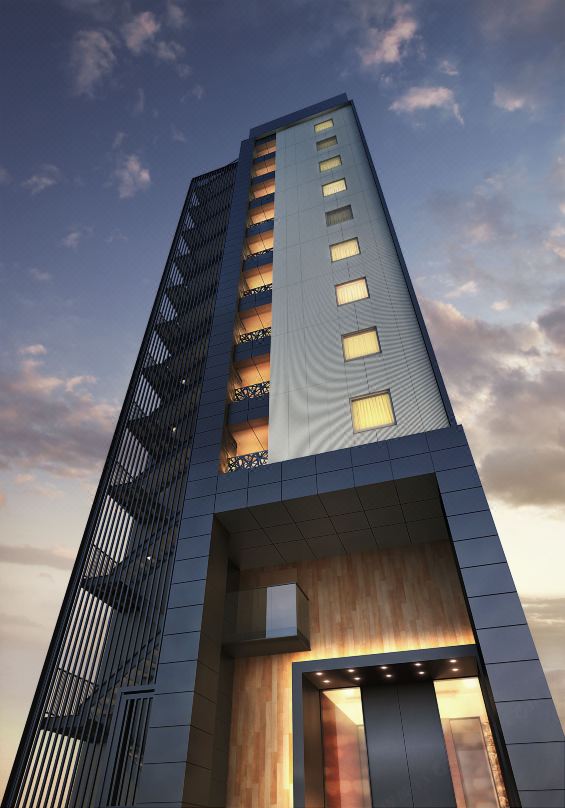



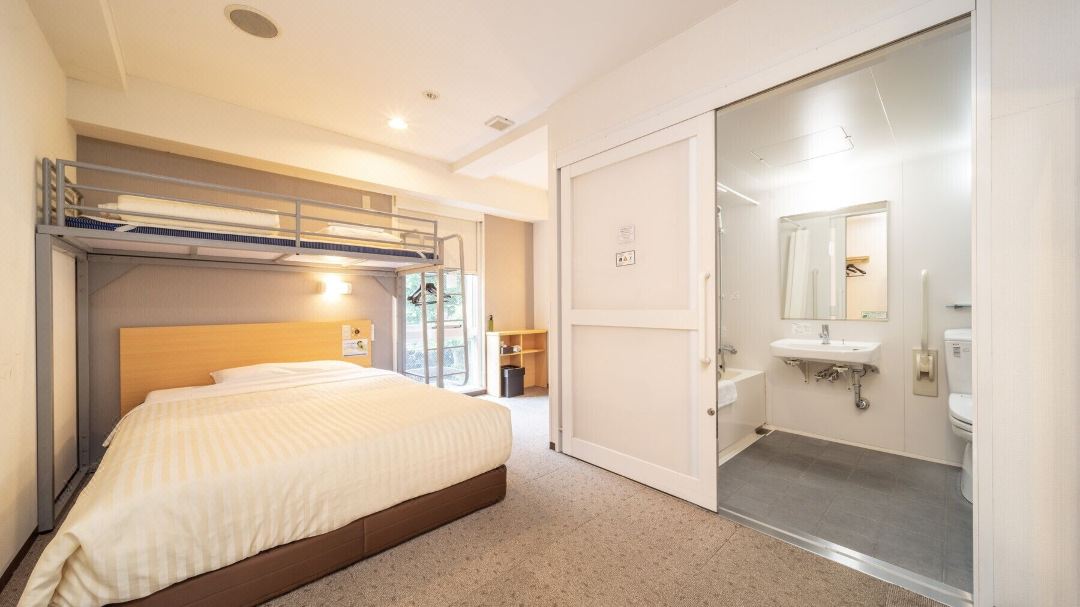
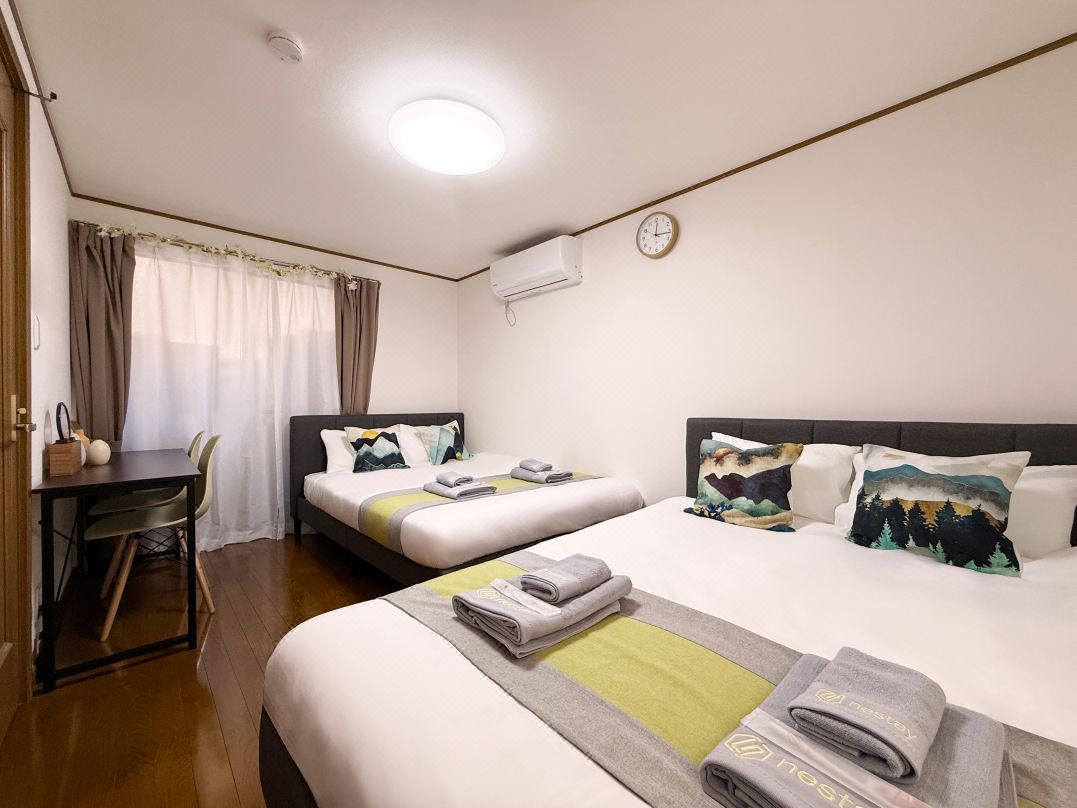

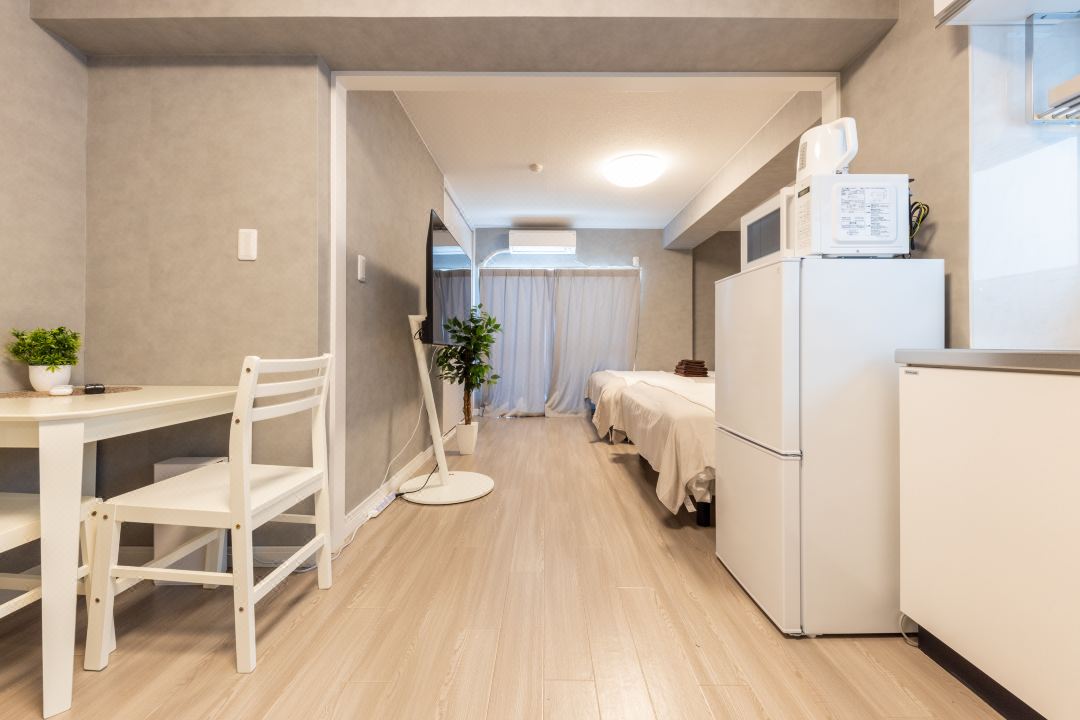
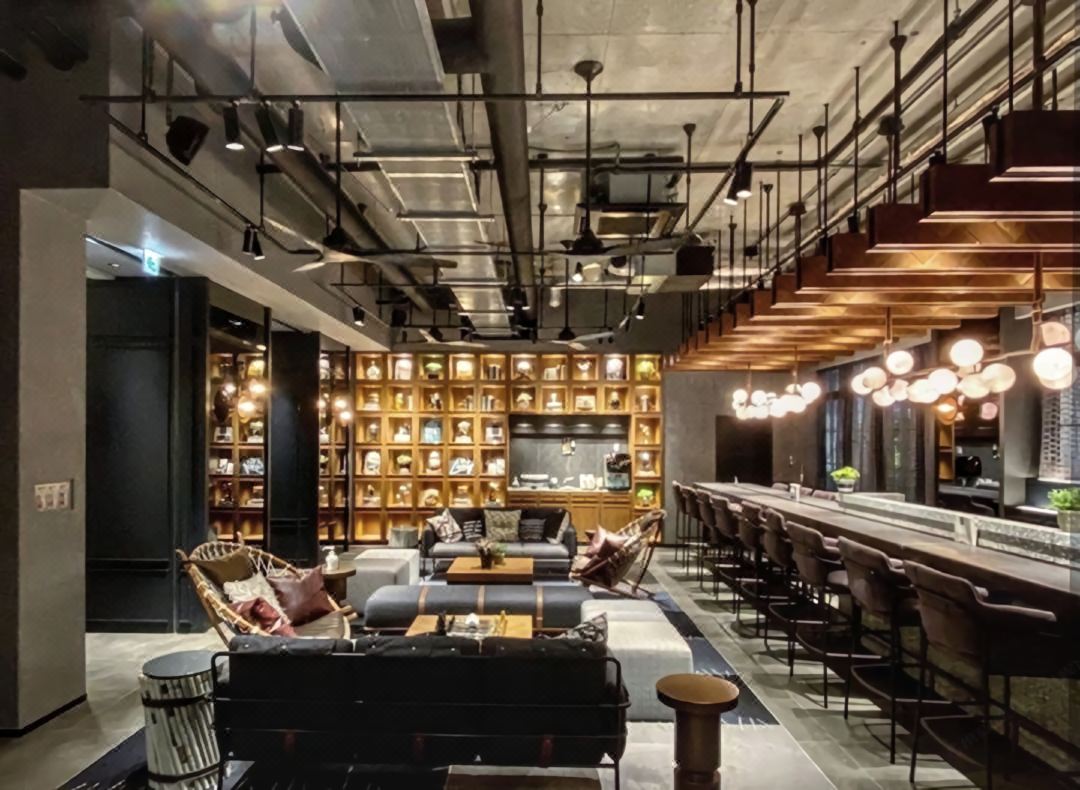
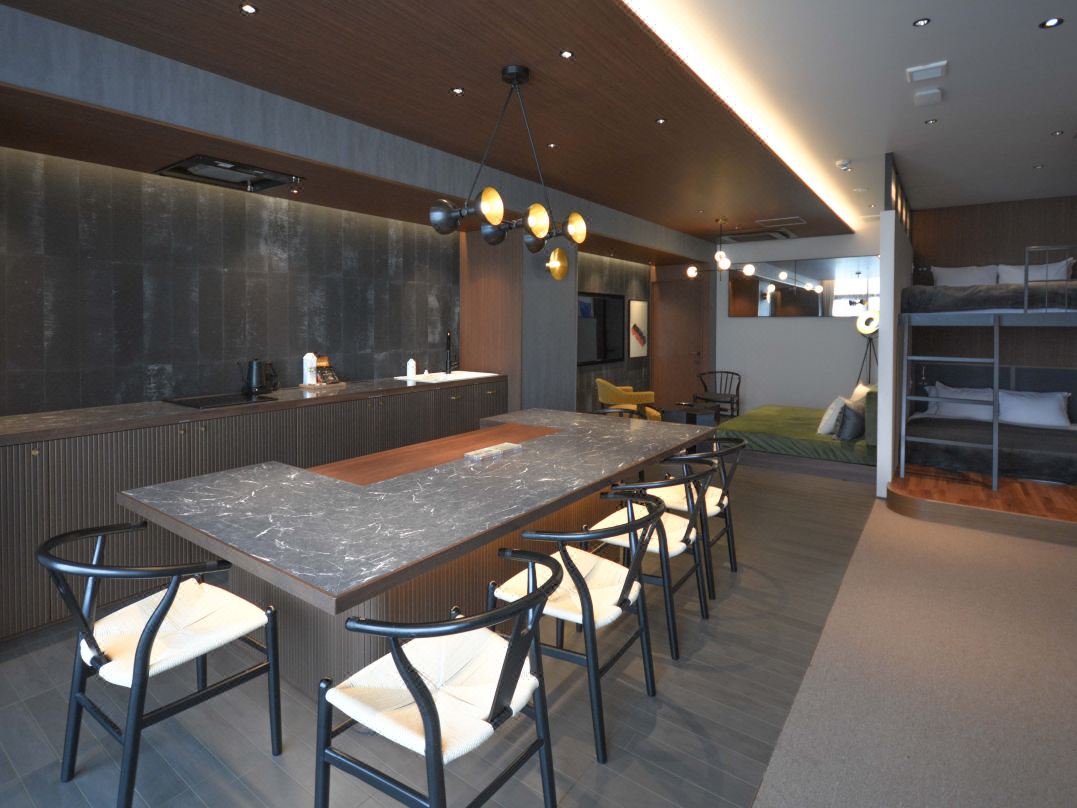

























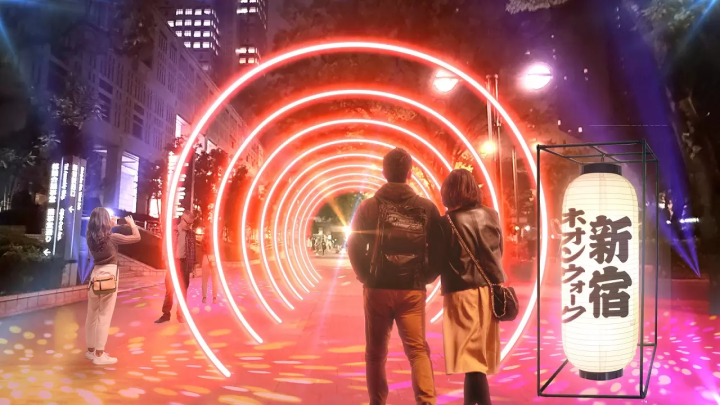
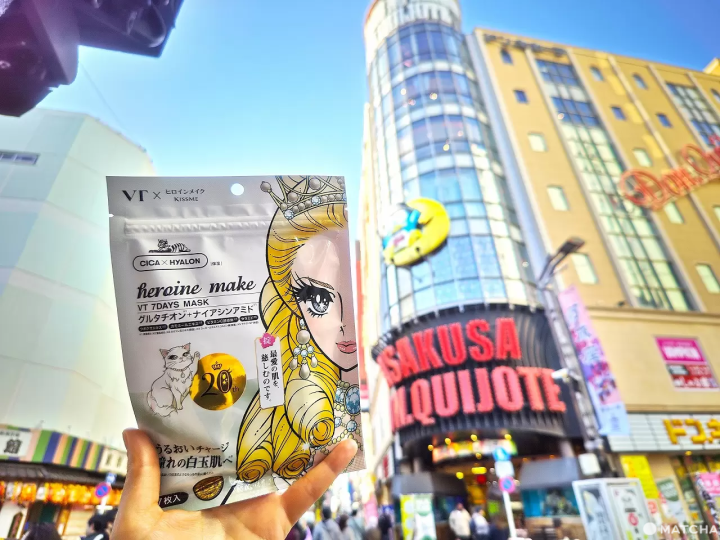


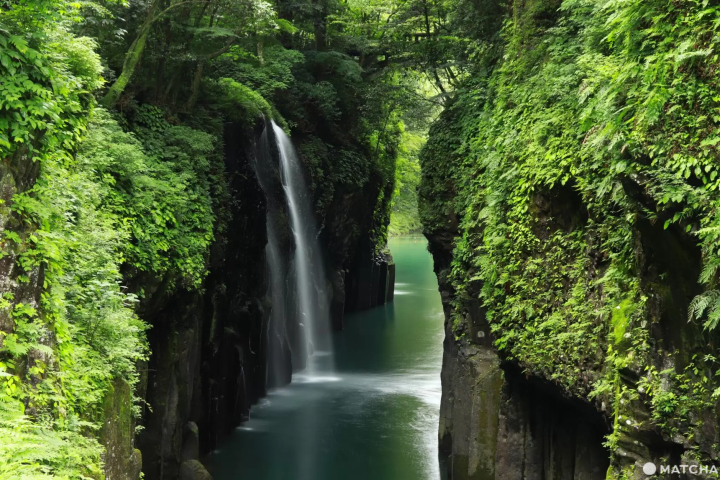





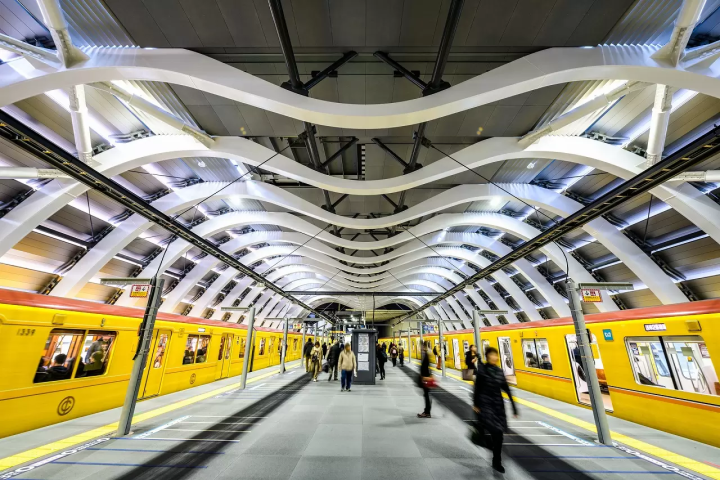
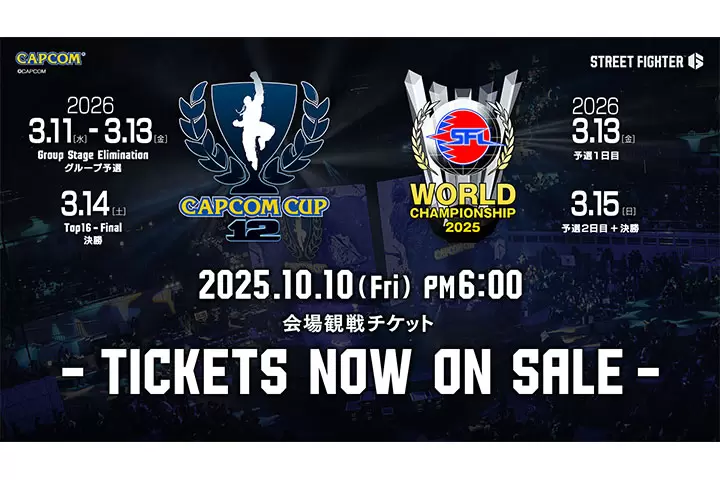
![[Wakayama Guide] Ume and Umeshu (Plum and Plum Wine)](https://resources.matcha-jp.com/resize/720x2000/2025/12/08-252248.webp)
![[2025 Update] From Kansai Airport to Namba - Recommended for travelers with large luggage! Travel comfortably by bus](https://resources.matcha-jp.com/resize/720x2000/2025/10/25-248088.webp)